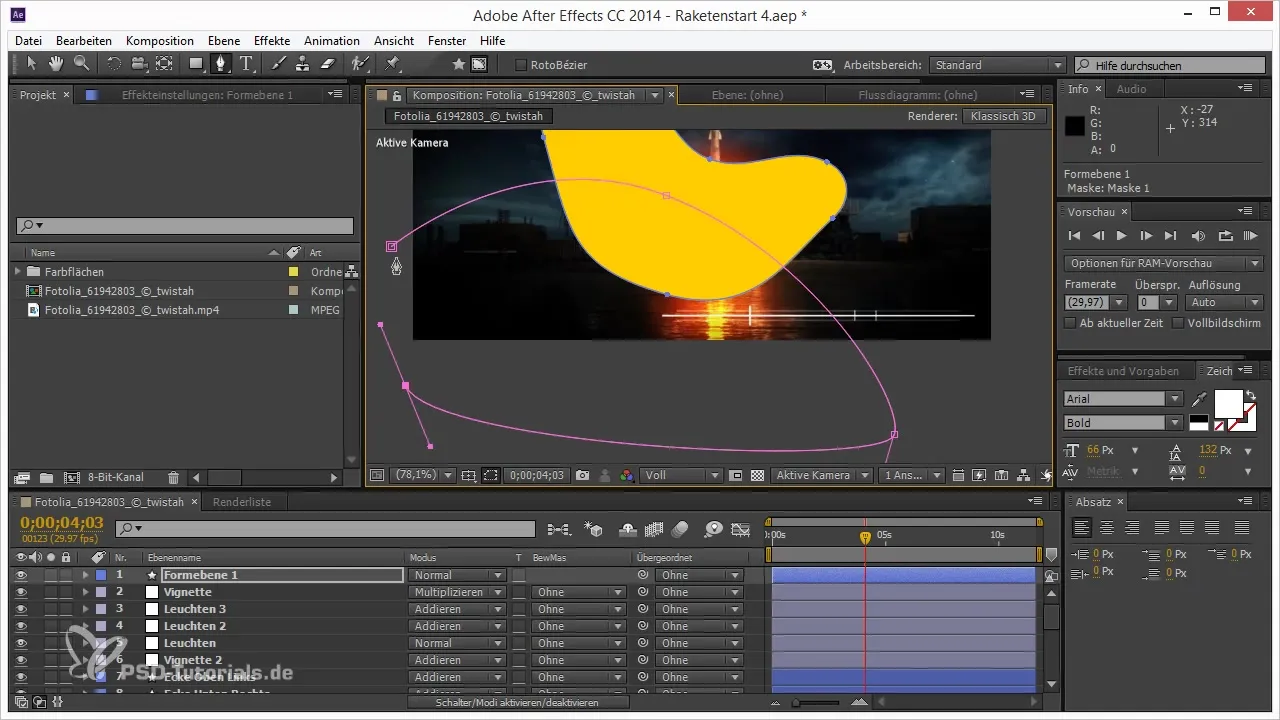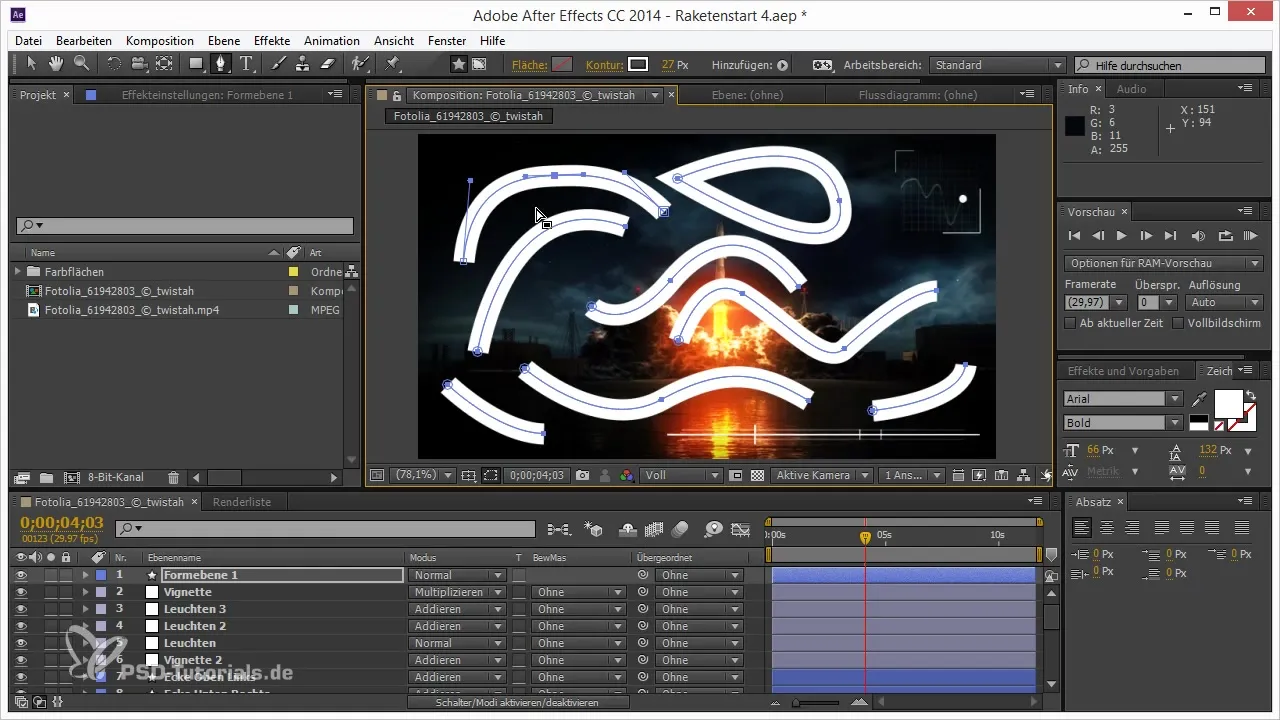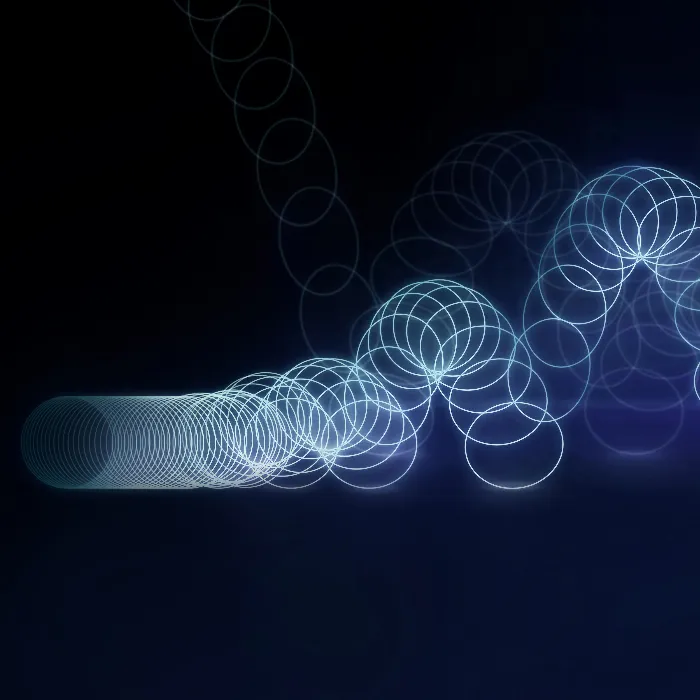Masks are an essential tool in After Effects that can help you create complex effects and implement creative ideas. However, without the necessary knowledge of the different masking tools and their functions, it can be challenging to achieve the desired results. This guide provides you with a comprehensive introduction to the best masking tricks that will significantly enhance your workflow. It is time to expand your skills and fully exploit the possibilities that masks offer you.
Key Insights
- Masks can be created from shapes and edited afterwards.
- A double click allows you to freely transform masks.
- Shortcuts make creating and editing masks easier.
- Roto Bézier simplifies handling tangents.
- Masks can be applied to foreground layers.
Step-by-Step Guide
Creating Masks with the Pen Tool
When working with the Pen tool, you will notice that no mask is created by default unless you have selected something. Instead, a foreground layer is generated. To actually create a mask, you first need to select an object. You can easily do this by choosing the Pen tool and then placing a few points.

Editing Masks Afterwards
One of the most common questions is how to edit an existing mask. There are different ways to do this. You can simply add points to an existing mask and then manipulate them. To do this, hold down either the Control key or Alt to show or hide points. Alternatively, you can right-click on the mask and select various options.

Activating Roto Bézier
When working with numerous points, the Roto Bézier mode can be helpful. This mode activates the function that automatically rounds all points. You can activate Roto Bézier by right-clicking on the mask and selecting the corresponding option. Note that this function can sometimes be a bit buggy, but it can significantly make your work easier.

Setting Vertex Points
To increase control over the first vertex of your mask, you have the option to give it special focus when creating the mask. A small box around this point indicates where you have defined your vertex. However, note that closing masks can sometimes cause issues, especially if Roto Bézier is activated.
Using Double Click for Transformations
An effective trick is to double-click on a mask point. This allows you to move and adjust it. Although masks do not have their own transformation properties like position or rotation, a double click allows you to efficiently edit masks and shapes efficiently. This technique provides a quick way to make adjustments.
Applying Masks to Foreground Layers
It is also possible to apply masks to foreground layers. This may seem a bit unusual at first, but there are scenarios where this can be useful. You just need to adjust the mode and change the tool button from "Create Shape" to "Create Mask." This gives you the freedom to use multiple masks on different layers, adding an extra dimension to your project.

Creating Multiple Mask Cuts
If you want to create multiple masks without constantly having to change layers, you can easily do this by holding down the Control key. Hold down the Control key while clicking and dragging in the workspace. Each time you hold down the Control key, you can simply add new masks without losing your current selection.

Counting and Continuing Masks
If you want to close a mask and extend it later, you can simply grab it and pull. Be careful not to use the Control key too often, as deleting anchor points can create a quick mask connection. Adjust the tangents by using the Alt key to create rounded transitions.

Shortcuts for Quick Editing
There are numerous shortcuts that can make your work easier. These shortcuts can help you create masks, edit them, and quickly adjust the tangents. A clear overview of these functions can significantly speed up your workflow.
Summary - Masking Tricks in After Effects: Your Effective Handbook
In this guide, you have learned how to efficiently create and edit masks in After Effects. With the various methods, techniques, and tips, you can now optimize your workflow and realize more creative projects. Remember that practice brings mastery!
Frequently Asked Questions
What are masks in After Effects?Masks are areas that allow you to hide or reveal specific parts of a layer.
How do I edit existing masks?You can edit existing masks by adding or moving points, using the Control key or Alt.
What does Roto Bézier do?Roto Bézier automatically rounds the anchor points of your mask, making editing easier.
Can masks be applied to foreground layers?Yes, you can apply masks to foreground layers by changing the mode in the tool switcher.
How can I quickly create multiple masks?You can create multiple masks by holding down the Control key while dragging in the workspace.


